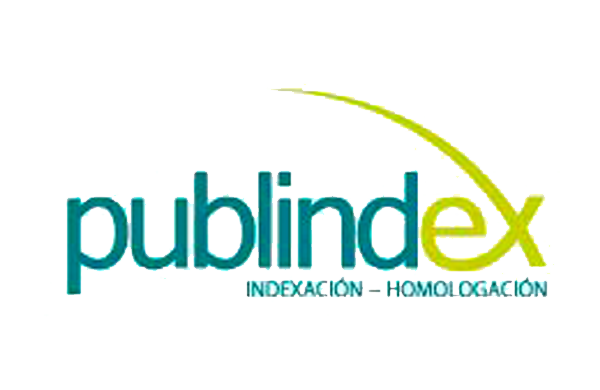Methodology for analyzing the environmental perception of children in a peri-urban community
DOI:
https://doi.org/10.18634/sophiaj.16v.1i.1004Keywords:
Environmental perception, preschool, drawing’s interpretationAbstract
The present study analyses the environmental and social perceptions of preschool children in the periurban area of an educational community in Calarcá, Quindío, Colombia, referring to three central categories: natural, social and artificial in the spatial, temporal and curricular contexts, based on the analysis of drawing as a didactic and methodological alternative in school Environmental Education processes. The research is developed at preschool level from the environmental education given the importance of generating processes of knowledge, understanding and appropriation of the context and an integral vision of the environment. The approach is qualitative, of a descriptive-exploratory type. Drawing and semi-structured interviews are used as instruments to obtain more in-depth information on children's perceptions of the socio-environmental environment. Finally, the analysis of the results is presented through a categorical matrix based on grounded theory. With this, the perceptions and meanings of the subjects participating in the research are known in a systematic and relational way.
Downloads
Published
2020-01-30
Issue
Section
Artículos de investigación
License
Creative Commosn Licence 4.0
How to Cite
Methodology for analyzing the environmental perception of children in a peri-urban community. (2020). Sophia, 16(1), 19-32. https://doi.org/10.18634/sophiaj.16v.1i.1004







